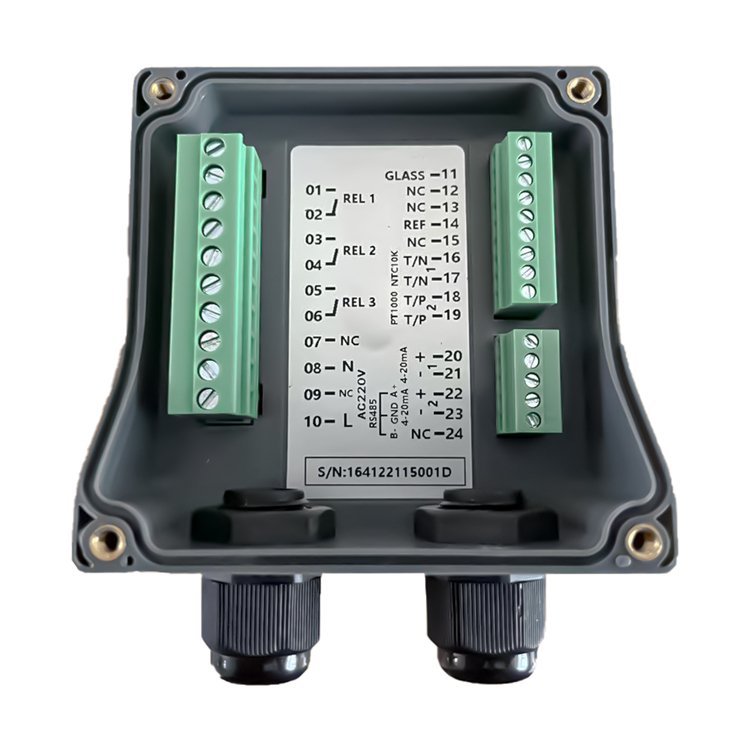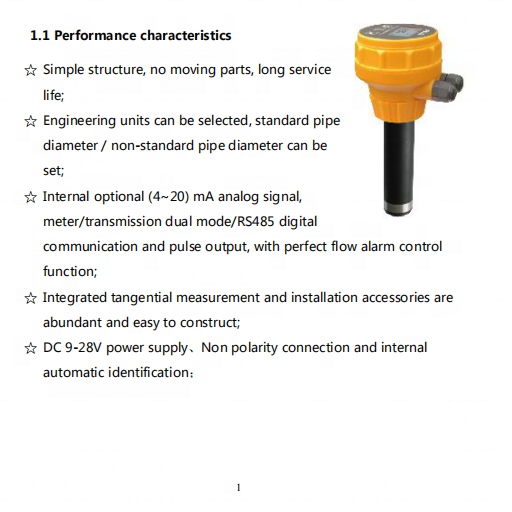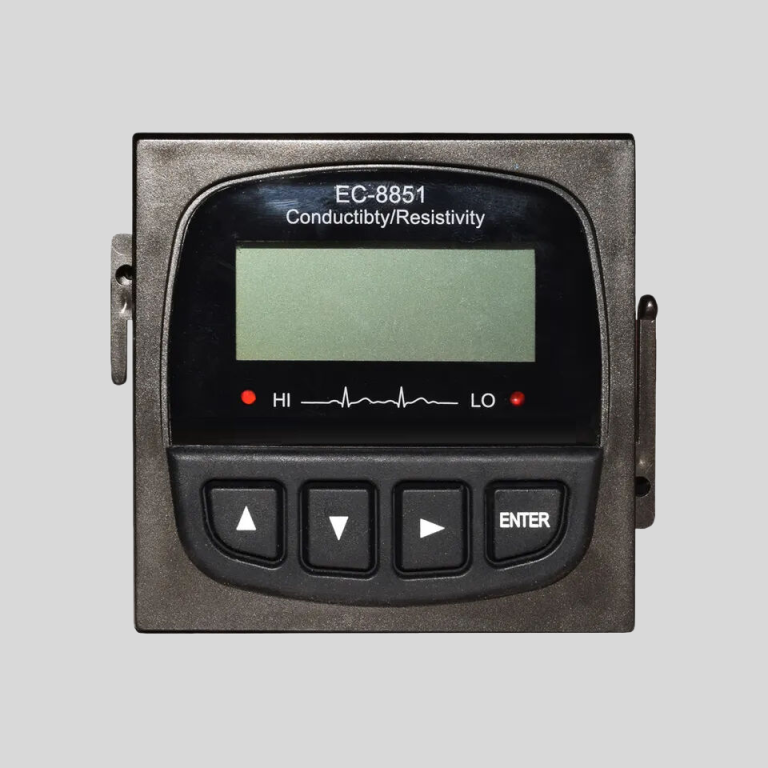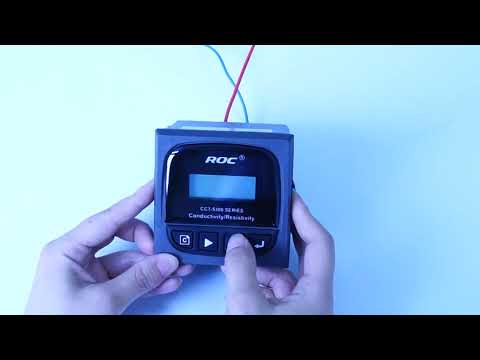Importance of Water Quality Lab Testing
Water quality is a critical aspect of public health and environmental protection. Ensuring that our water sources are safe and clean is essential for the well-being of both humans and ecosystems. One of the key tools in monitoring and maintaining water quality is laboratory testing. Water quality lab tests provide valuable information about the presence of contaminants, pollutants, and other harmful substances in our water supply.
Laboratory testing allows scientists and researchers to analyze water samples for a wide range of parameters, including pH levels, dissolved oxygen, turbidity, and the presence of bacteria and other microorganisms. These tests help to identify potential sources of pollution, track changes in water quality over time, and assess the effectiveness of water treatment processes.
| Model | pH/ORP-3500 pH/orp meter |
| Range | pH:0.00~14.00 ; ORP: (-2000~+2000)mV; Temp.:(0.0~99.9)°C (Temp.Compensation: NTC10K) |
| Resolution | pH:0.01 ; ORP: 1mV; Temp.:0.1°C |
| Accuracy | pH:+/-0.1 ; ORP: +/-5mV(electronic unit); Temp.: +/-0.5°C |
| Temp. compensation | Range: (0~120)°C; element: Pt1000 |
| Buffer Solution | 9.18; 6.86; 4.01; 10.00; 7.00; 4.00 |
| Medium Temp. | (0~50)°C (with 25°C as standard) manual/automatic temp. compensation for selection |
| Analog output | Isolated one Channel(4~20)mA, Instrument/Transmitter for selection |
| Control Output | Double relay output (single contact ON/OFF) |
| Working Environment | Temp.(0~50)℃; relative humidity <95%RH (non-condensing) |
| Storage Environment | Temp.(-20~60)℃;Relative Humidity ≤85%RH (none condensation) |
| Power Supply | DC 24V; AC 110V; AC220V |
| Power consumption | <3W |
| Dimension | 48mmx96mmx80mm(HxWxD) |
| Hole Size | 44mmx92mm(HxW) |
| Installation | Panel mounted, fast installation |
One of the most common tests conducted in water quality labs is the analysis of chemical contaminants. These tests can detect a wide range of pollutants, such as heavy metals, pesticides, and industrial chemicals. By monitoring the levels of these contaminants in our water supply, scientists can identify potential health risks and take steps to mitigate them.
In addition to chemical and microbiological testing, water quality labs also conduct tests to assess the physical characteristics of water. These tests can measure parameters such as temperature, conductivity, and turbidity, which can provide valuable information about the overall health of a water source. By monitoring these physical characteristics, scientists can identify changes in water quality that may be caused by factors such as erosion, runoff, or pollution.
| Model | DO-810/1800 dissolved oxygen meter |
| Range | 0-20.00 mg/L |
| Accuracy | ±0.5% FS |
| Temp. Comp. | 0-60℃ |
| Oper. Temp. | 0~60℃ |
| Sensor | dissolved oxygen sensor |
| Display | Segment code operation/128*64 LCD Screen(DO-1800) |
| Communication | Optional RS485 |
| Output | 4-20mA output High/Low limit double relay control |
| Power | AC 220V±10% 50/60Hz or AC 110V±10% 50/60Hz or DC24V/0.5A |
| Working Environment | Ambient temperature:0~50℃ |
| Relative humidity≤85% | |
| Dimensions | 96×96×100mm(H×W×L) |
| Hole Size | 92×92mm(H×W) |
| Installation Mode | Embedded |
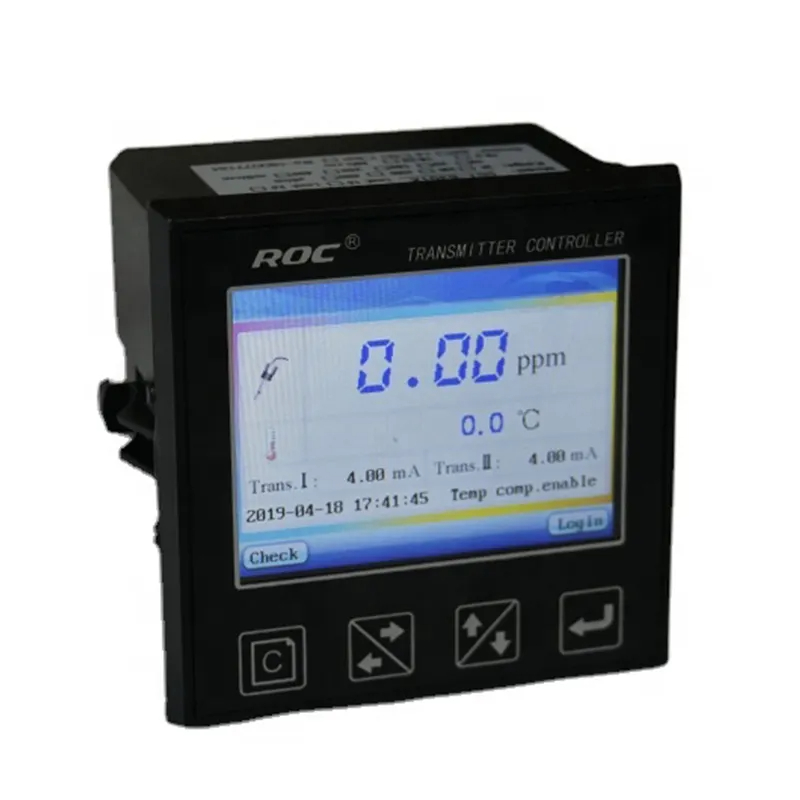
Water quality lab testing plays a crucial role in protecting public health and the environment. By providing accurate and reliable data on the quality of our water sources, these tests help to inform decision-making and policy development at the local, state, and national levels. They also play a key role in ensuring compliance with regulations and standards set by agencies such as the Environmental Protection Agency (EPA) and the World Health Organization (WHO).
